Infested Joe Pye Weed
angt29 (Minnesota, zone 4b)
9 years ago
Related Stories
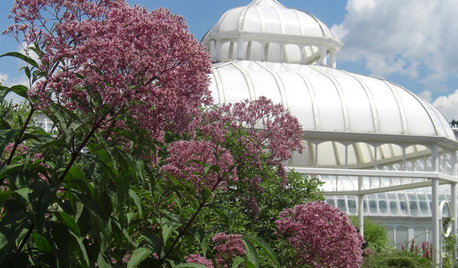
FLOWERSGreat Design Plant: Joe Pye Weed
This unsung beauty tolerates wet soil, provides beautiful late summer blooms and attracts butterflies and hummingbirds
Full Story
GARDENING GUIDESWhat’s in a Name? See 6 Wildflowers That Aren’t ‘Weeds’ at All
Dispel the stereotypes of weeds and try these wildlife-supporting native wildflowers in your garden
Full Story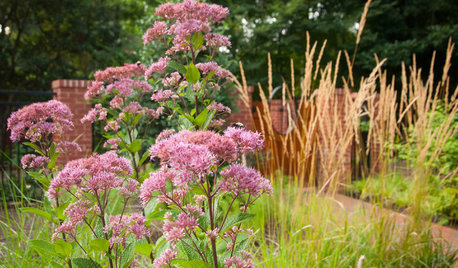
GARDENING GUIDESGreat Design Plant: Eutrochium Maculatum
Sculptural, slightly tropical looking and a boon to wildlife, Spotted Joe Pye Weed is a gotta-have plant in many parts of the U.S.
Full Story
GARDENING FOR BUTTERFLIES3 Ways Native Plants Make Gardening So Much Better
You probably know about the lower maintenance. But native plants' other benefits go far beyond a little less watering and weeding
Full Story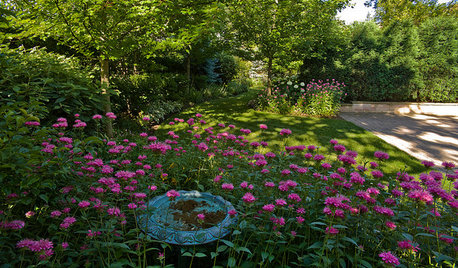
LANDSCAPE DESIGNExuberant Self-Seeders for Gorgeous, Easy-Care Gardens
Keep weeds down, color high and maintenance low with beautful plants that sow themselves
Full Story
GARDENING GUIDES7 Ecofriendly Gardening Ideas That Also Cut Chore Time
Spend less time weeding, less money watering and more moments just sitting back and enjoying your healthy garden
Full Story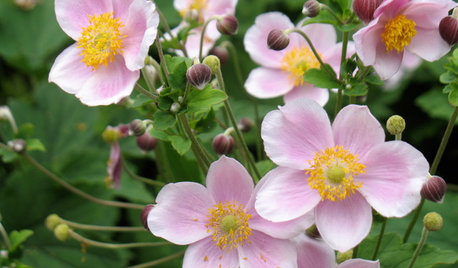
GARDENING GUIDESNortheast Gardener's August Checklist
It's hot in the August garden! Cool off with airy grasses and tactile plants that catch the breeze
Full Story
GARDENING FOR BUTTERFLIESBe a Butterfly Savior — Garden for the Monarchs
Keep hope, beauty and kindness alive in the landscape by providing a refuge for these threatened enchanters
Full Story
GARDENING FOR BUTTERFLIESButterfly Gardening: Delight the Eyes With Living Sculptures
Surprise and thrill with a garden that attracts magical winged creatures, bringing color, movement and life
Full StorySponsored
Your Industry Leading Flooring Refinishers & Installers in Columbus
More Discussions









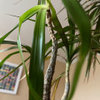
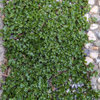
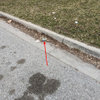
rhizo_1 (North AL) zone 7
Kimmsr
Related Professionals
Graham Landscape Architects & Landscape Designers · Leawood Landscape Architects & Landscape Designers · Finneytown Landscape Architects & Landscape Designers · Coram Landscape Contractors · Darien Landscape Contractors · Doctor Phillips Landscape Contractors · Ellensburg Landscape Contractors · Huntington Landscape Contractors · Lees Summit Landscape Contractors · North Highlands Landscape Contractors · Pine Hills Landscape Contractors · Uxbridge Landscape Contractors · Wanaque Landscape Contractors · New Carrollton Landscape Contractors · Norco Stone, Pavers & Concreteken_adrian Adrian MI cold Z5
angt29 (Minnesota, zone 4b)Original Author